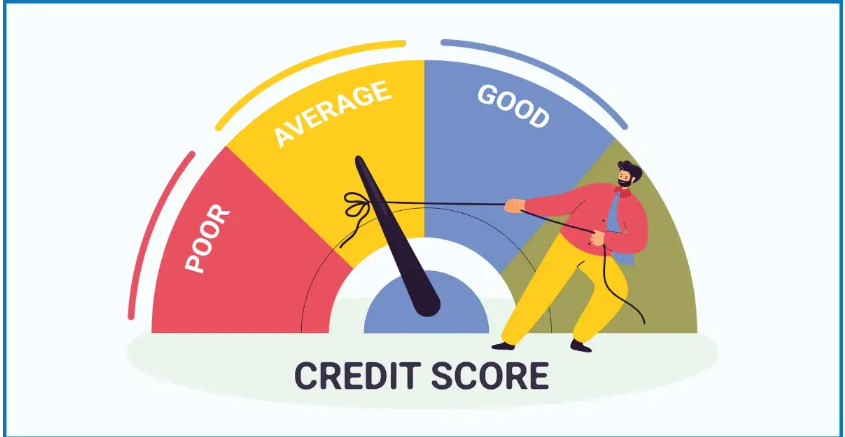How Credit Utilization Affects Your Score (And How to Lower It)
When it comes to your credit score, most people know that payment history matters the most. But right behind it is another major factor you can control more quickly: credit utilization.
Your credit utilization ratio makes up about 30% of your FICO score, meaning it’s the second most important factor after on-time payments. The good news? Unlike negative marks like late payments, which can stick around for years, credit utilization is something you can improve almost immediately.
Let’s dive into what it is, why it matters, and how you can lower it to boost your score.
What Is Credit Utilization?
Credit utilization is the percentage of your available credit that you’re currently using.
Here’s how it’s calculated:
Credit Utilization=Total Credit Card BalancesTotal Credit Limits×100\text{Credit Utilization} = \frac{\text{Total Credit Card Balances}}{\text{Total Credit Limits}} \times 100
Example:
If you have a total credit limit of $5,000 across all your credit cards and your balances add up to $1,500, your utilization is:
1,5005,000=30%\frac{1,500}{5,000} = 30\%
Why Does Credit Utilization Matter?
Lenders want to see that you’re using credit responsibly, not relying too heavily on it. A high utilization ratio suggests you might be financially overextended, which makes you riskier in their eyes.
-
Low Utilization (below 30%) → Good for your score.
-
Very Low Utilization (below 10%) → Even better.
-
High Utilization (above 50%) → Red flag for lenders, big drag on your score.
-
Maxed Out (close to 100%) → Severe negative impact.
Even if you pay your bill in full each month, high balances reported to the credit bureaus can still hurt your score temporarily.
How to Lower Your Credit Utilization Fast
Here are proven ways to bring your ratio down and improve your score:
-
Pay Down Balances Early
Don’t wait until the due date—pay before your statement closes so a lower balance gets reported to the bureaus. -
Spread Purchases Across Multiple Cards
Instead of maxing out one card, use several to keep each utilization ratio low. -
Ask for a Credit Limit Increase
If your credit is in good standing, request a higher limit. More available credit lowers your utilization (as long as you don’t increase spending). -
Open a New Credit Card (Strategically)
A new card increases your overall credit limit, which can lower your ratio. Just avoid opening too many accounts at once. -
Pay More Than Once a Month
Multiple payments during the billing cycle keep balances lower at reporting time. -
Keep Old Cards Open
Closing old accounts reduces your total credit limit, which can raise your utilization—even if you don’t carry balances.
Smart Utilization Targets
-
Below 30% → Minimum goal for healthy credit.
-
Below 10% → Best for top scores and major loans (like mortgages).
-
0%? Not always ideal. Having some utilization (like 1–5%) shows you’re actively using credit.
Final Thoughts
Your credit utilization is one of the easiest levers to pull if you want a fast credit score boost. By keeping balances low relative to your limits—and using strategies like early payments and credit line increases—you can quickly improve your credit health.
Remember: consistent on-time payments and smart utilization habits together are the foundation of an excellent credit score.


